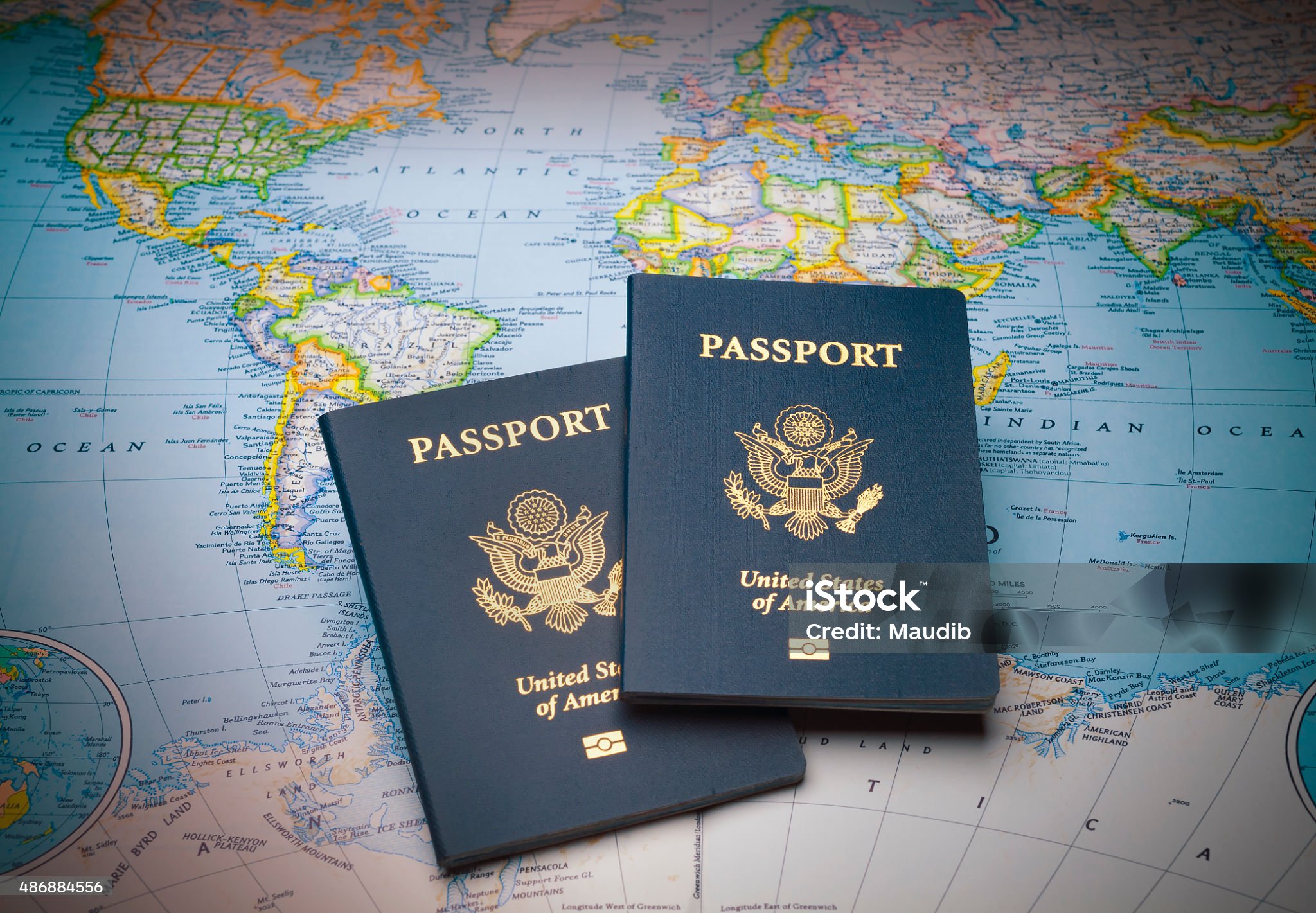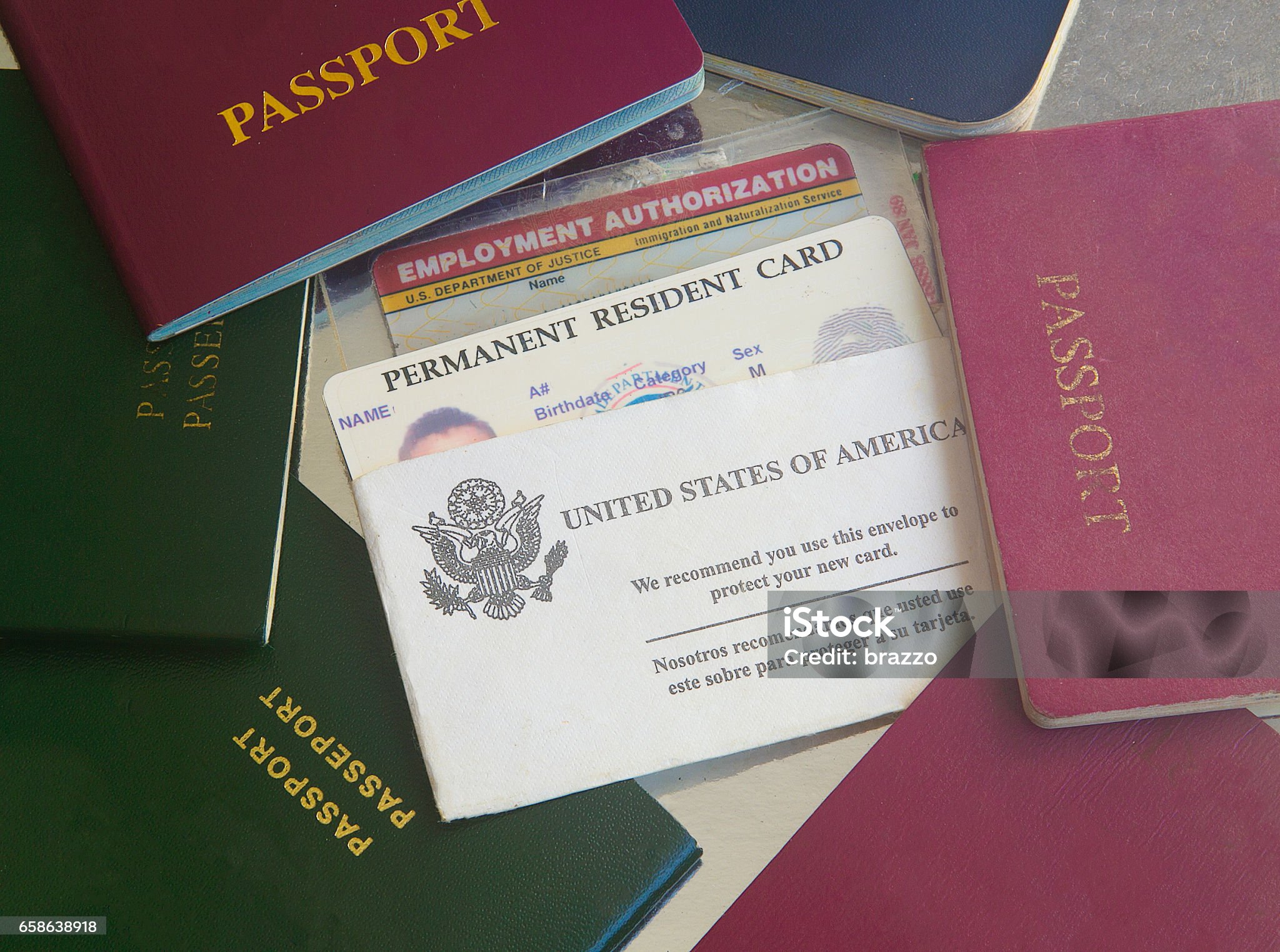Extensive Review regarding Identity Verification Systems plus Their Use in Different Countries
Extensive Review regarding Identity Verification Systems plus Their Use in Different Countries
Blog Article

1. Introduction to Identification Documents
Identification documents play an essential role both for individuals and society. They act as "permissions" and "access passes," allowing society to operate seamlessly when they are widely accessible and recognized. Various types of identification documents exist, each representing a distinct aspect or purpose. For example, a copyright is considered valid proof of the right to operate a car, and a copyright proves citizenship and allows entry into the country. These documents are the most useful from a personal point of view and play a crucial role in the transaction of contracts, for example, when applying for a job, accessing services, purchasing insurance, or renting a vehicle. Many times, financial institutions might wish to view such documentation if the borrower seems untrustworthy or lacks a solid credit history. Such identification acts both as an identification method and as legal clearance for various functions.
Historically, identification documents were less central to everyday life than they are now. Their significance has evolved with the changing legal and security landscapes. Advances in information technology allow organizations to create highly secure systems that surpass the ID technologies accessible to the public. Many countries are in the process of standardizing their IDs with biometric technology. A few countries have implemented electronic exit strategies.
A person's identification documents are "proof" that signifies the legal status of an individual. The "real identification" recognized documents worldwide include passports, copyright, copyright, and driver's licenses, at both global and national scales. Many people store their identification documents securely under lock and key and ensure quick access to them when required.
In this discussion, we delve into the legitimacy and importance of documents such as the IDP, Real ID, copyright, copyright, copyright, and resident permits, aiming to enhance public awareness of their necessity. Both educators and the public should be familiar with these documents, as it could be useful in preventing the loss or aiding in the recovery of such essential items. This information is provided for both local and international audiences to make sure they have the most important documents for their needs and understanding.
2. Legal Framework and Regulations Governing Identification Documents
Identification documents fall under different laws and regulations depending on the jurisdiction. Documents are issued directly to individuals by an issuing authority and under specific guidelines and rules intended to keep the integrity and accuracy of the document. In some cases, identification documents are compulsory, while in other cases they serve as forms of verification or validation. It is the responsibility of the individual to follow the rules of the jurisdiction that governs the use of the document. In conclusion, individuals must comprehend the legal rules that pertain to their intended use of identification documents within any jurisdiction where they expect to act. Primarily, local and state government bodies regulate, issue, and control the use of certain identification documents for particular transactions.
However, the differences in identification requirements across jurisdictions may interfere with international travel and commerce. Thus, it is a widespread issue when travelers feel disconnected and confused when traveling internationally and encountering different identification document regulations. It would be impossible to detail every country’s specific identification rules here, but it is important to know, today and in the future, with nearly 200 countries bordering this globe and some 7 billion inhabitants who are traveling, trading, and doing business with each other. Failure to follow these rules may result in legal conflicts in foreign countries, where international reciprocity must then be considered. Failure to comply could cause legal implications, both civil and criminal, by infringing on laws about identity, privacy, commerce, trade, and human rights.
The balancing of public policies with protected rights can be complicated when establishing security standards for identification in travel. That is, human rights may conflict with public policy on the tightest, most secure identification and documentation required to combat terrorism. In recent years, the introduction of digital mobile driver’s licenses has led countries to either update or create new laws and regulations that go beyond just technology, as this field continues to evolve. Digital identification documents for travel have been held up as the next path for moving the world travel community. Despite the shift towards mobile driver’s licenses, there will still be a requirement for passports for a significant period of time. 
The standard and evolution of mobile driver licenses and digital ID is occurring too. For example, almost two years after California passed its law defining mobile copyright requirements, stakeholders are about to agree on formal regulations for the first state-sponsored mobile copyright.
3. A Comparison of International Driver’s License, Real ID, copyright, copyright, copyright, and Resident Permit
The International Driver’s License acts as an identification document for those driving abroad The International Driver’s License was not created by the United Nations or any international NGO to enable inter-state travel.
The Real ID is intended to be a widely accepted identification for domestic travel, along with state-issued driver’s licenses and IDs that meet federal standards. The Real ID can also be used for entry to federal facilities and nuclear power plants. It is important to note that the Real ID is not a substitute for travel documents like passports, visas, or resident permits. Though some people might use the Real ID internationally for identification purposes and to confirm birth date, the Real ID is primarily intended for domestic use.
More specifically, passports in the U.S. are considered a primary form of identification, not a derived one. A copyright is primarily used as a tool of foreign diplomacy; it was made to protect citizens from arrest or to help them travel and attend non-obligatory meetings to negotiate treaties or other matters of common concern. This is the official, often administrative, use. The copyright also has, of course, a bureaucratic or private use. To travel internationally, or even regionally in some cases, travelers need more than just a copyright; they must also satisfy several other criteria.
The copyright is an official document provided at birth, which is necessary to obtain passports and other types of identification. In comparison, copyright and passports might appear to serve similar purposes. That said, a copyright provides extended functions beyond its initial use. Also, even if served in acquisition, the copyright never leads to the acquisition of a “second copyright”. It is irrelevant to the second copyright unless the traveler is planning to take on an illegal second nationality.
4. Security Features and Anti-Fraud Measures in Identification Documents
Various security features guard against counterfeiting, alteration, tampering, and fraudulent use. For example, many ID cards and documents include advanced features like holograms, layered images, and laser-etched designs. Other cards may feature RFID chips that store digital images and biometric data.
A number of these security components are covert or semi-covert, including techniques such as special ink designs, watermarks, or microtext. Such security features are put in place to make ID documents extremely hard to copyright or alter. 
In general, the level of security of an copyright must align with the degree of trust needed for its use. copyright security features, for example, don’t require the same level of security as passports, which are used for international travel, while driving licenses serve primarily domestic purposes.
Advances in technology have led to the development of sophisticated ID document security features. Actively promoting and adopting new security technologies is crucial to staying ahead of those attempting to copyright or commit fraud with ID documents.
Additionally, it’s vital to consistently evaluate both current and emerging security methods to ensure they remain effective. This evaluation helps ensure that identification security keeps up with emerging threats and advancements that might compromise the document's integrity. IDP
Furthermore, an effective anti-fraud document security program should focus on proactive as well as reactive strategies. Proactive measures might include training programs, public information efforts, security seminars, and public service announcements.
5. Conclusion and Future Trends in Identification Document Technology
This document takes a global look at some of the many variants of identification documents in the world. Identification documents must be examined from a technical angle, including security features and verification, as well as from a legal viewpoint concerning their legitimacy in courts.
Research indicates that opinions on the quality of identification documents and their verification worth differ depending on the context of use. Additionally, ethnography could illustrate how varying cultural perspectives influence the concept of an ideal identification document. Comparison studies shed light on how identification document legitimacy can differ, even among countries with similar systems.
Future trends in identification documents are rapidly evolving due to innovations in digital and technological fields. Technology is continuously boosting the CV and service offering of standard secure documents such as eIDs to follow the adoption of mobile phones. The main landmarks in this new convergence are biometrics and blockchain used as distributed ledgers.
The use of biometrics, particularly with “liveness” detection, will gather biometric information during personal verification, improving identity trustworthiness and mitigating the risk of digital identity fraud. It will go beyond our basic human rights recognized by international law and several constitutions. Access to this biometric data must be carefully protected and based on the person’s consent.
The spread of digital identity indeed can raise concerns about exclusion. Not everyone is able to easily obtain a digital identity. Some already speak of an “identity gap” widened by technology, which creates disparities in access to identity verification needed for participation in various societal sectors.
There should be more detailed comparisons between digital identity systems and physical IDs. Besides verifying identities, these systems are used to assess risk in various transactional contexts. There should be more systematic research to see how offline verification rights can be applied in the context of digital identification systems.